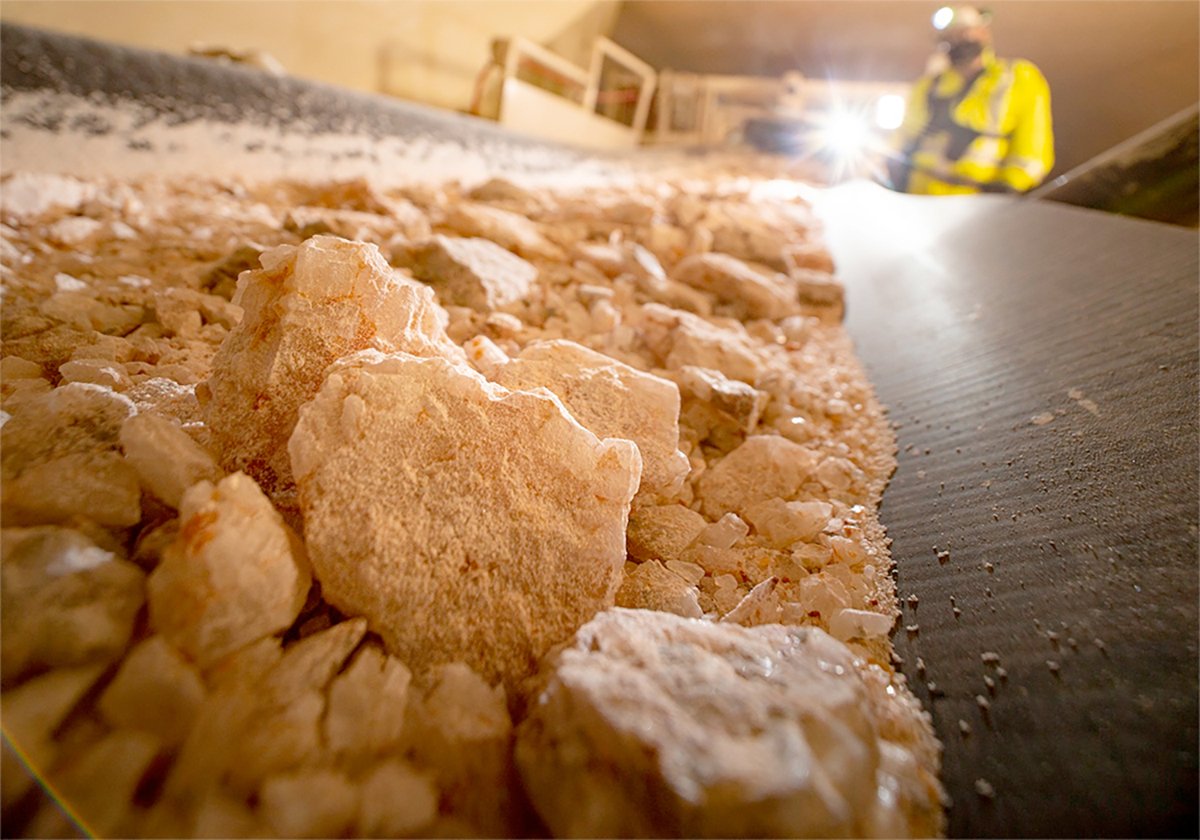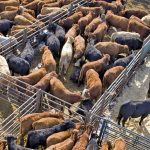It’s easy to hedge for price risk.
It’s harder to hedge for currency exchange risk.
But analysts say that after a year of unprecedented swings in the Canadian-U.S. exchange rates, farmers need to realize that this risk could be a significant threat to their returns.
“It’s a big factor and the general opinion is that the Canadian dollar doesn’t really belong down here,” said Ken Ball, a broker with Union Securities in Winnipeg.
A rising loonie in the next year would be bad news for farmers because most Canadian crops are based on U.S. futures prices.
Read Also

Saskatchewan looks to expand trade in Indonesia
Saskatchewan intends to increase its agricultural partnership with Indonesia.
If the Canadian dollar rises in relation to the U.S. dollar and futures prices don’t rise by at least the same amount, Canadian farmers receive less for their crops.
If the Canadian dollar falls, farmers would likely make more money for their grain. Unfortunately, most analysts concur that this scenario is the least likely in the next crop year.
The interaction of the two currencies was evident in the canola markets during the 2007-08 crop year. Canola prices, which are traded in Canadian dollar terms in the Intercontinental Exchange’s Winnipeg futures contract, lagged soybeans badly when the Canadian dollar was roaring higher but was stronger when the Canadian dollar plummeted.
Forecasting future currency exchange developments is a game that has produced scores of losers and few winners over the years. For example, legendary currency speculator George Soros, the man famed and blamed for “breaking the Bank of England” and causing the Asian financial crisis of 1998 predicted last year at this time that the U.S. dollar would implode in value, as did his onetime business partner and commodity guru, Jim Rogers.
Instead, the dollar roared higher, regardless of the disintegrating U.S. economy and the massive government spending planned in its wake. That stunned many observers, who expected the opposite.
“I was amazed in the fall,” said Al Mussell of the George Morris Centre, an agricultural think-tank.
“The Canadian dollar went through a really sharp dip and dent, and it seemed to those of us looking in that people were fleeing the Canadian dollar to the U.S. dollar. But if the U.S. is leading the world into a recession, isn’t that the opposite of where you want to go?”
However, the fear of the collapse led to a “flight to quality” in which investors and governments poured their cash into U.S. dollars because “there’s a fairly ingrained psychology that the U.S. dollar is a safe haven. People just flocked to it.”
Analysts said many factors underlie the strength and weakness of the Canadian dollar in the last year. The dominant factors are the strength and then sudden weakness of oil and other commodity prices and the soundness of Canada’s fiscal situation.
Analysts generally expect the Canadian dollar to strengthen in the next year. They think a rally in oil prices, which some anticipate, and strength in other commodities including crops, would also support the Canadian dollar.
But in a year after so many analysts were completely wrong, most predictions are being delivered with heavy disclaimers.
Most Canadian crops and livestock are sold in Canadian dollars, which is what makes the foreign exchange risk difficult to hedge against.
Mussell and Ball recommend buying Canadian dollar call options.
Instead of taking futures positions, which could fall far out of line with the producer’s crop value in Canadian terms, options allow a producer to buy insurance against large negative moves.
But they cost. A Canadian producer wanting to guarantee an exchange rate of no worse than 85 cents for $100,000 in Canadian dollars in December 2009 would have to pay a premium of about $3,000.
With many mid-sized prairie farms having overall sales of more than $1 million, options to cover the entire amount would cost $30,000.
That may sound like a lot, but Ball thinks it’s worth it.
“Any large or medium-sized producer could justify a broad, general hedge in buying the Canadian dollar,” he said.
“Whatever happens to the dollar will have a significant impact on any Canadian grower, whether he does any business in U.S. funds or not.”















